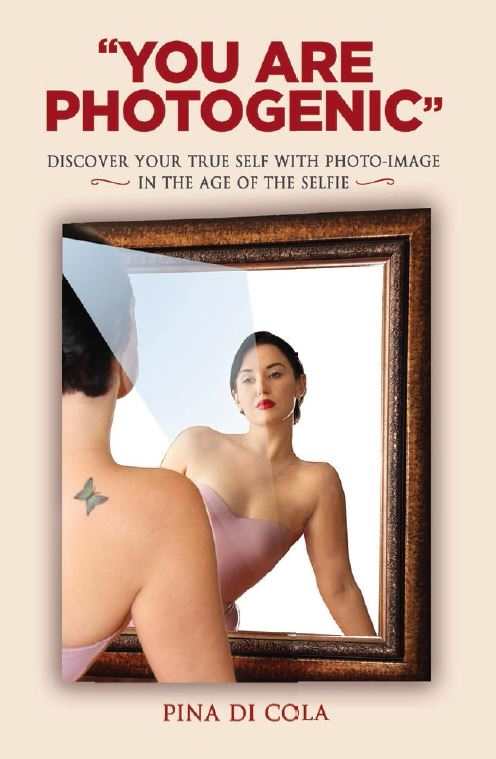
"You Are Photogenic"
Discover Your True Self with Photo-Image in the Age of the Selfie (Color Version)
A photographer suggests how a novel portraiture method can boost self-esteem.
It may be the age of the selfie, but Italian photographer Pina Di Cola encourages readers to go deeper into self-knowledge through a cross between mirror vision and a photograph—a technique she dubs Photo-Image. In “You Are Photogenic“—a meticulous nonfiction debut that creatively blends art, anatomy, philosophy, and psychology—Di Cola questions how we know what we look like and posits ways to change self-perception through an understanding of emotions and facial expressions.
Seventy percent of people say they know what they look like because of mirrors. Yet, Di Cola carefully explains, it is impossible to see one’s own face clearly due to the laws of reflection and refraction. Like all mirror images, a face in a mirror is reversed. Helpful graphics accompany anatomical principles; one fascinating spread illustrates asymmetry through altered photographs with two duplicated left or right sides. Although the book conveys considerable detail on neurology and physics, it is still perfectly understandable to laypeople.
The other 30 percent of respondents say their self-image is based on others’ opinions or on photographs. “Because we cannot look upon ourselves directly, we rely on others to help us form our self-image,” she reports. These sections rely on philosophy and psychology, elucidating topics like subjectivity versus objectivity and theories of the self. Every chapter contains ample supporting evidence: scientific models, personal anecdotes, or quotations from experts. Conversely, there are perhaps too many quotes from psychologists, and a long customer testimonial seems unnecessary.
Photo-Image has both mental and material aspects. “Photography is the reality of how you look, but it can also be the reality of how you want to look,” Di Cola insists. It is an image held in the mind of one’s true self, but it is also a physical emblem in photographic form. Knowing one’s emotions and having comfortable facial expressions are essential; it may also help to mount a mirror near the lens. Di Cola suggests that both photographers and therapists can take successful Photo-Images because they elicit a subject’s real personality. However, some may find that Photo-Image remains a vague concept, especially because the final, practical chapter on taking Photo-Images seems short compared to others.
Whether as a result of translation from Italian or cautious English composition, Di Cola maintains a painstaking style. If it lacks panache, it is certainly precise. The tone can be quite academic, but tempered by conversational asides (“As we previously discussed…”). In one instance, six sentences in a row start with the word “we,” but that is a rare infelicity.
Though it has aspects of a self-help guide, this book would be more suitable for those with a philosophical bent. It could join Susan Sontag’s On Photography or Elaine Scarry’s On Beauty and Being Just on a shelf of thought-provoking works on visual imagery.
Reviewed by
Rebecca Foster
Disclosure: This article is not an endorsement, but a review. The publisher of this book provided free copies of the book and paid a small fee to have their book reviewed by a professional reviewer. Foreword Reviews and Clarion Reviews make no guarantee that the publisher will receive a positive review. Foreword Magazine, Inc. is disclosing this in accordance with the Federal Trade Commission’s 16 CFR, Part 255.
